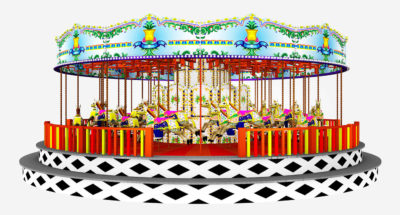
Carousel Brainstorming
Small groups of students rotate around the room, sharing and recording responses to prompts written on posters.

Small groups of students rotate around the room, sharing and recording responses to prompts written on posters.
Students will:
Active learning techniques in general, in which students actively discuss and reflect on ideas rather than passively absorbing them, boost students’ engagement and learning. Brainstorming in groups can enhance students’ motivation, confidence, and creativity, especially when groups are able to build on others’ ideas and reflect afterwards on the ideas generated.
Carousel Brainstorming, in particular, is often used to enable all students to participate, to the benefit of all. For example, it has recently been shown to improve speaking ability and reduce speaking anxiety in foreign language classes.
Students who are more engaged at school overall tend to do better in academics and in life. More specifically, interactive techniques like Carousel Brainstorming promote the kind of critical thinking and communication skills that students will be able to apply across contexts, and that will thus serve them well in their future educational and career trajectories.

Are you ready to build a kinder, happier school where everyone belongs? Join Greater Good Educators! Explore the science of well-being in a supportive community of educators from around the world. Registration is now open for the 2025-2026 school year!
Comments